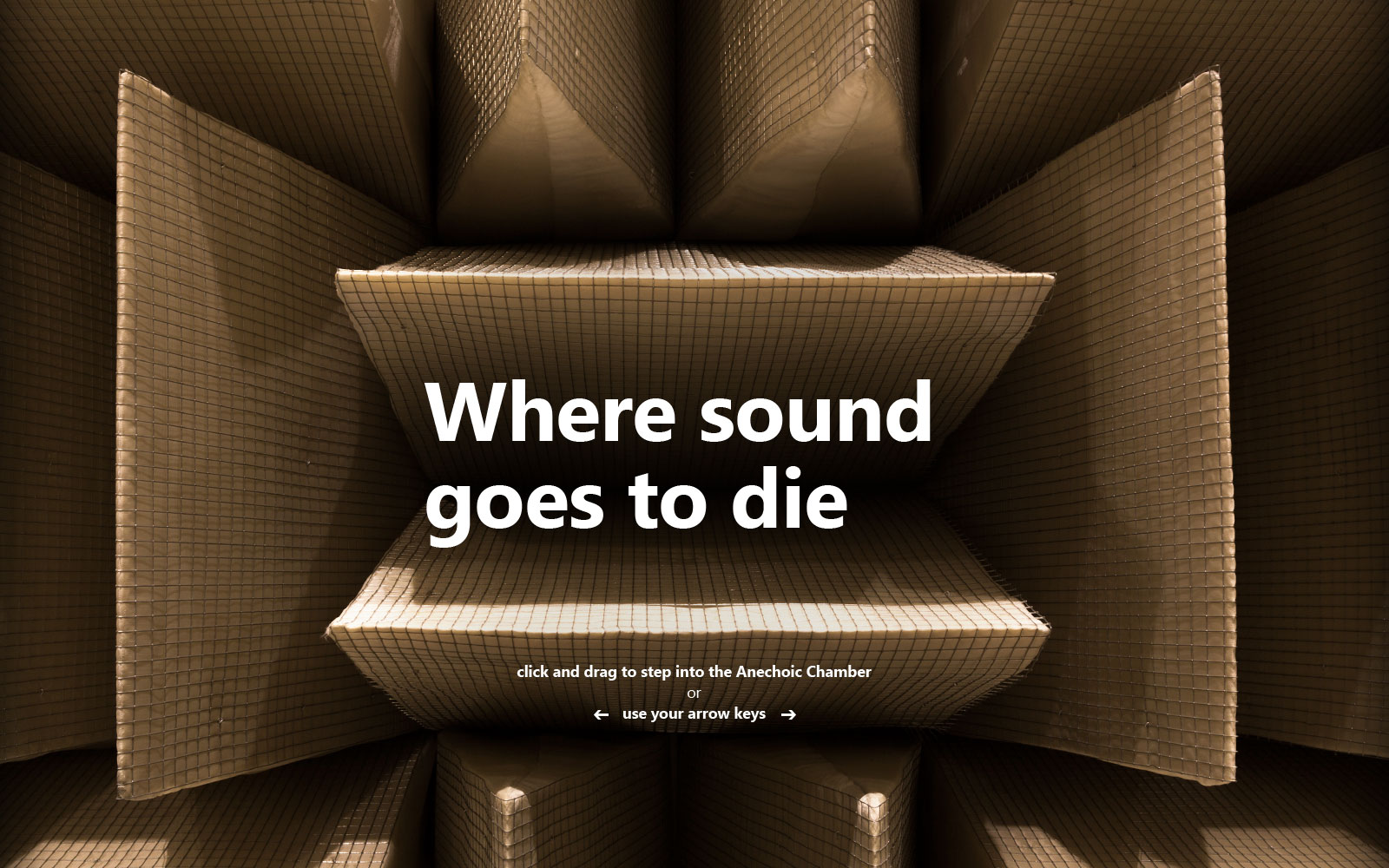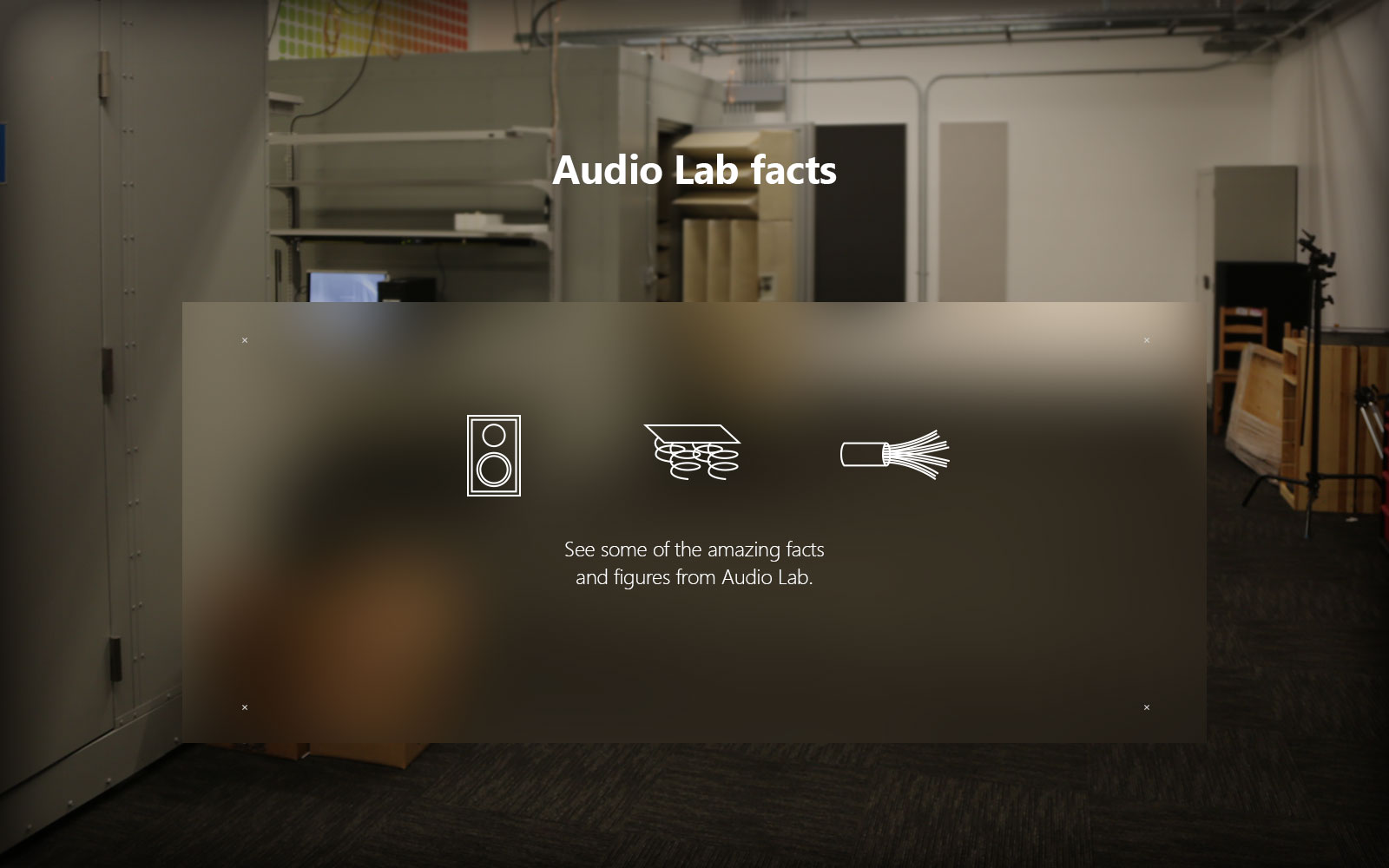Where sound
goes to die
The Anechoic Chamber
Breaking the world’s
quietest record
When precision is paramount,
every decibel counts
What’s louder
than loud?
From colliding air particles
to volcanic eruptions
-



Brownian Motion -23dB
The quietest sound theorized by mathematicians is Brownian motion: the movement of particles in a gas or liquid. The next step would be a vacuum, like space, with a complete absence of sound.
Photo by Zephyris under CC BY-SA 3.0
-



Anechoic Chamber -20dB
The sound floor in Microsoft’s anechoic chamber is closer to Brownian motion than it is to even other anechoic chambers. It has the lowest sound ever recorded and is the optimal environment for audio testing.
-



Calm Breathing 10dB
Adults breathe at 12-20 cycles per minute (cpm), and that value can drop to 10 cpm or 6 seconds per breath. This state of calm is often called “rest and digest” versus the state of aggression known as “fight or flight.”
-



Rustling Leaves 20dB
Depending on wind levels, air moving through dried leaves and trees is considered so relaxing for people that it is a stock sound in many meditation apps.
-
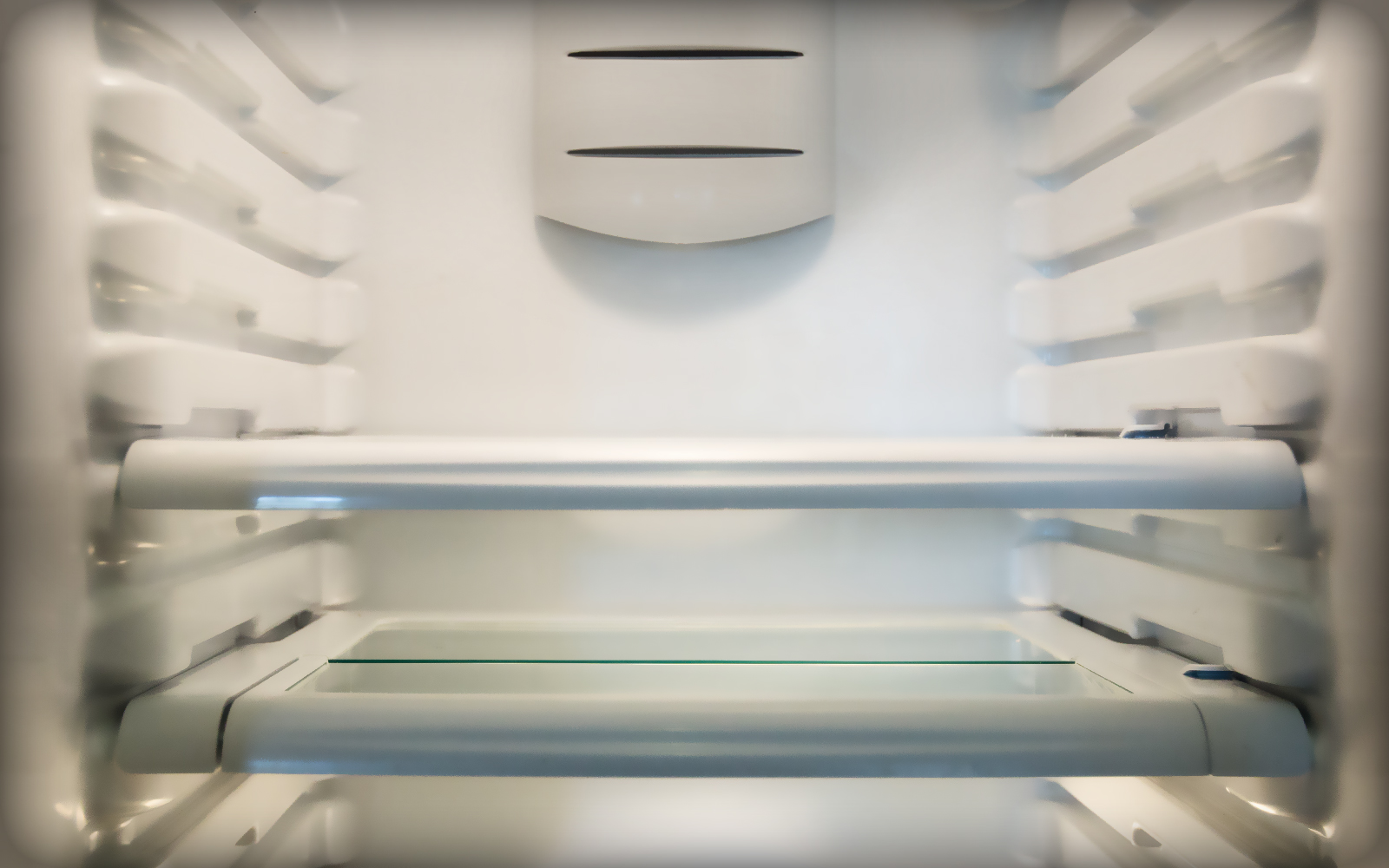


Refrigerator 40dB
Bottom-freezer and side-by-side models tend to be the quietest types of refrigerators, but some models are loud enough to affect nearby conversations.
-



Normal Conversation 60dB
Many sound-amplifying hearing aids can help improve people’s ability to understand conversations. These hearing aids filter out background noise and can be tuned specifically for frequencies of human voices.
-
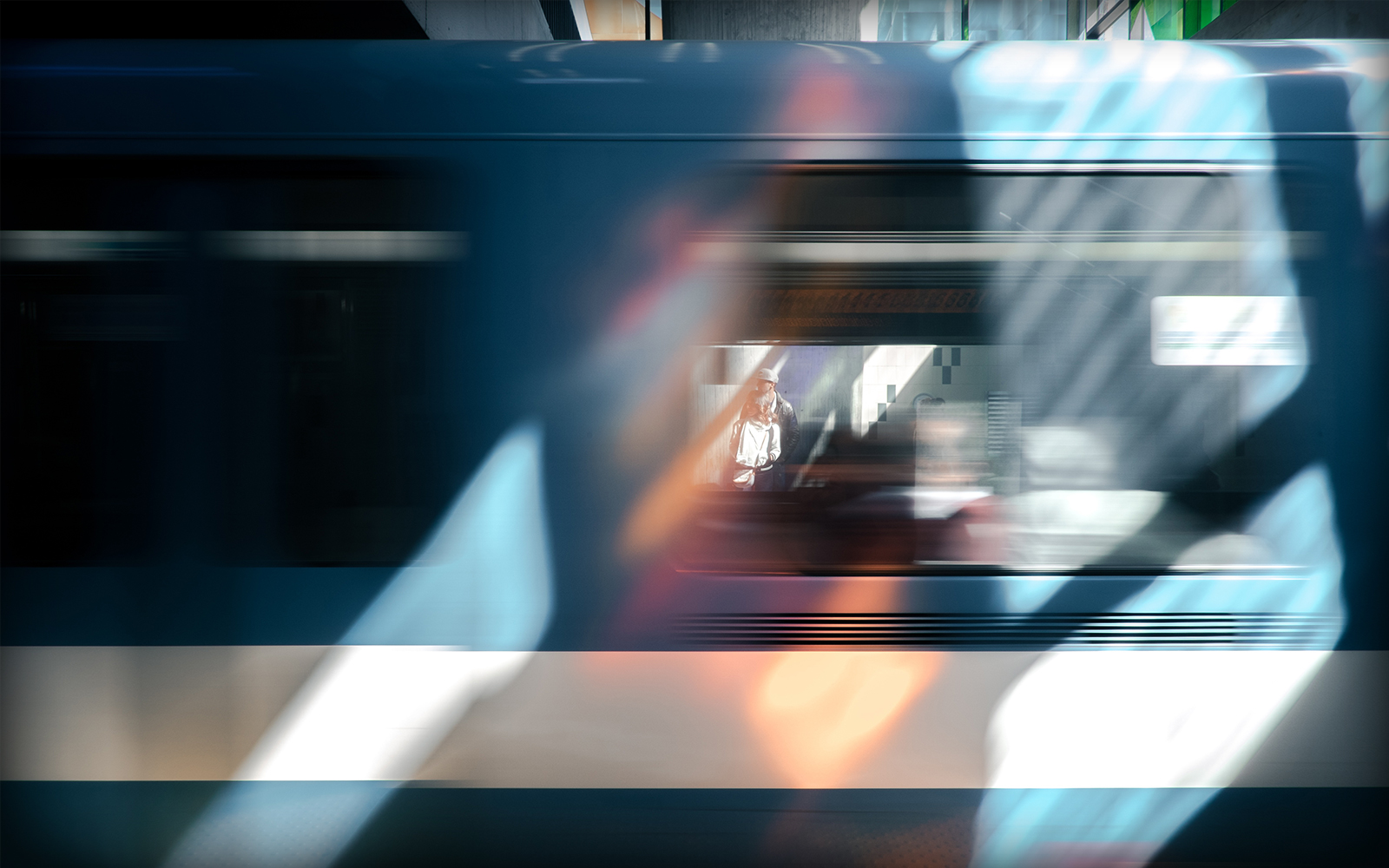


Subway 90dB
Screeching wheels on metal tracks and air being forced through the tunnel contribute to the noise generated by a subway. Prolonged exposure to any sounds above 85dB can cause long-term hearing loss.
-
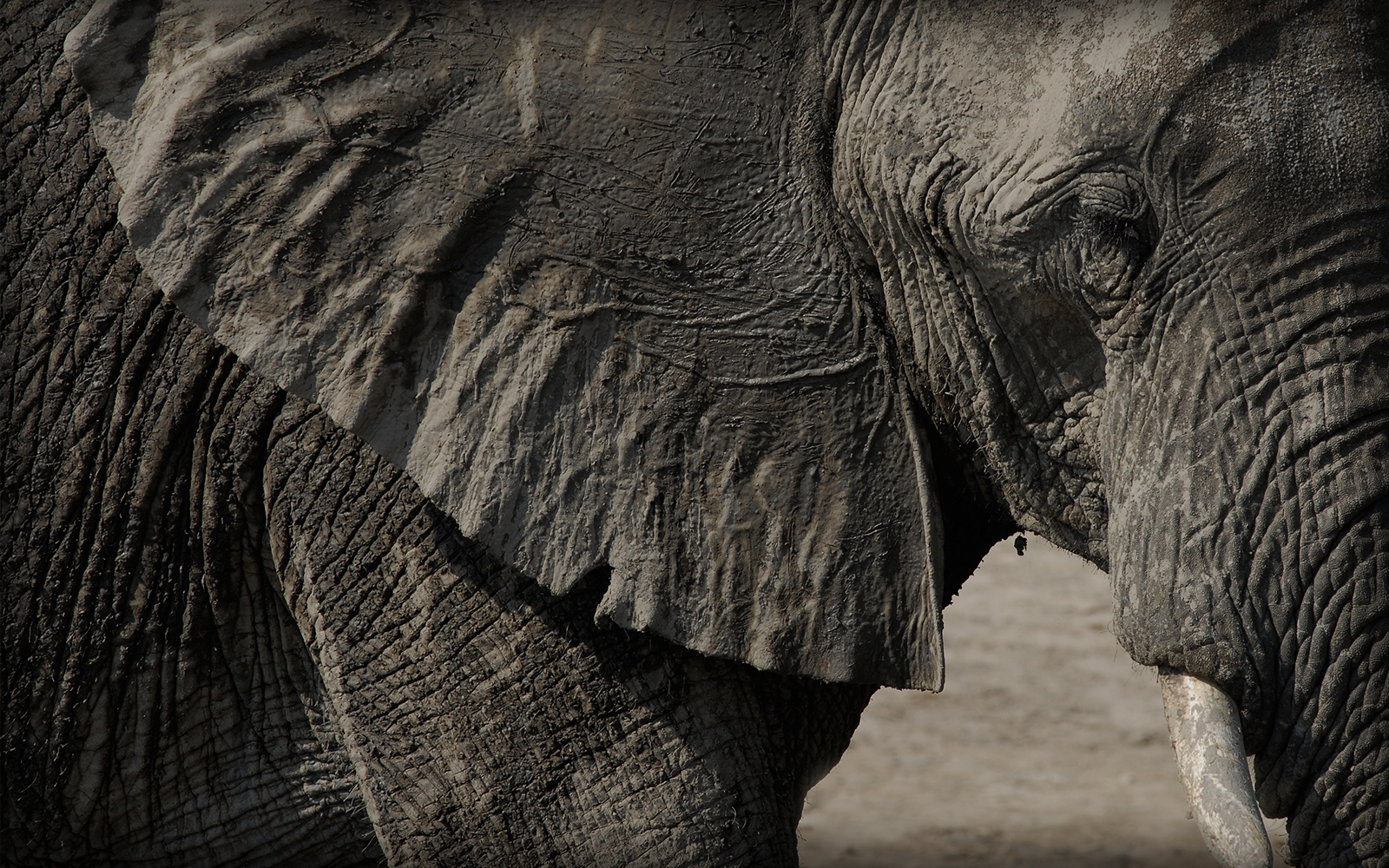


Elephant Trumpeting 112dB at 1 meter
Elephants can produce a variety of sounds from blaring trumpeting calls to low-frequency rumbles far below the human range of hearing. Their calls can be detected and identified by other elephants from 1.5 kilometers away.
-
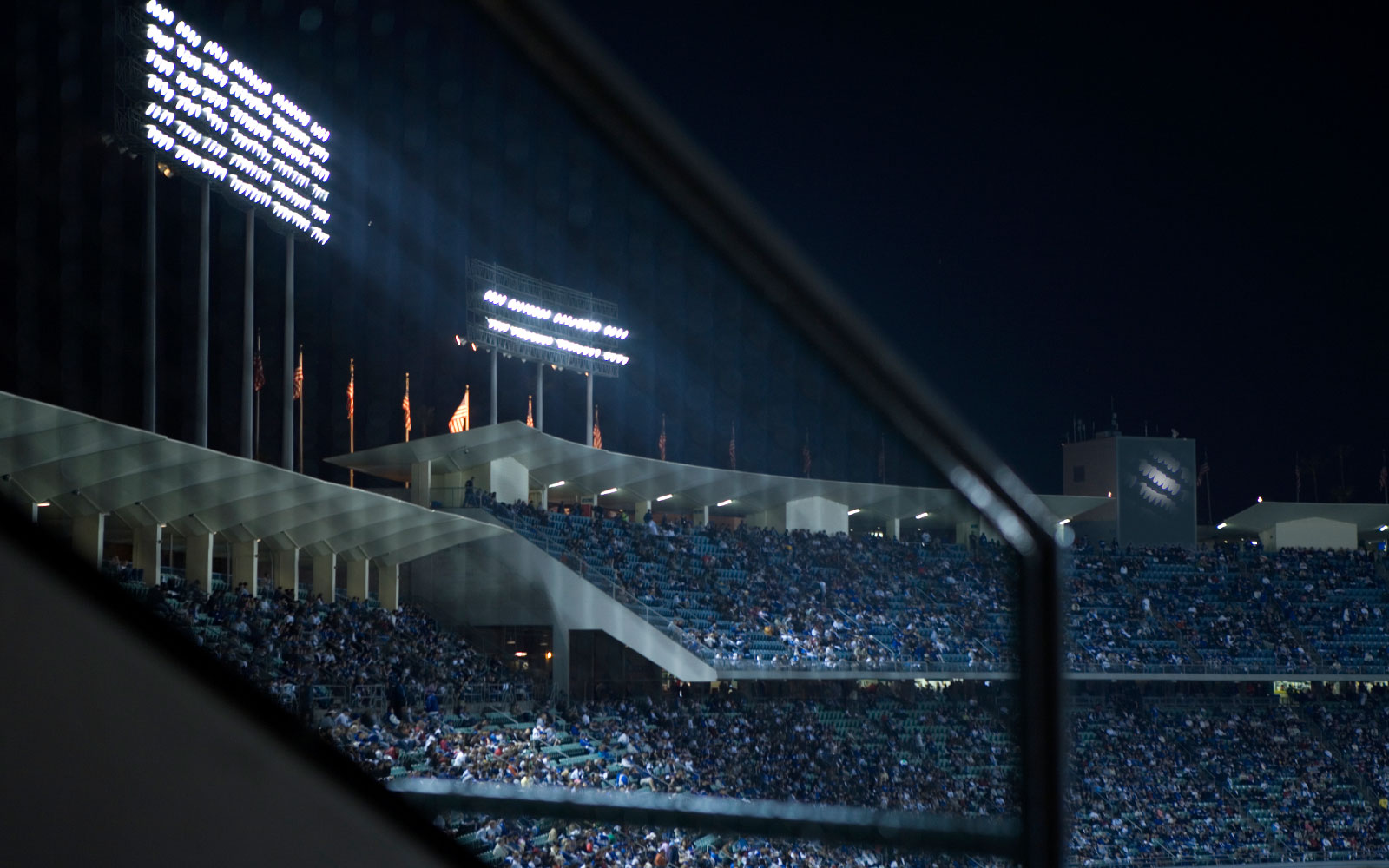


Sports Fans 140dB
Enthusiastic fans at major sporting events have been known to reach 140dB. The physics of stadium structures can amplify sounds and further excite roaring fans.
Photo by Seth Joel/Getty Images
-
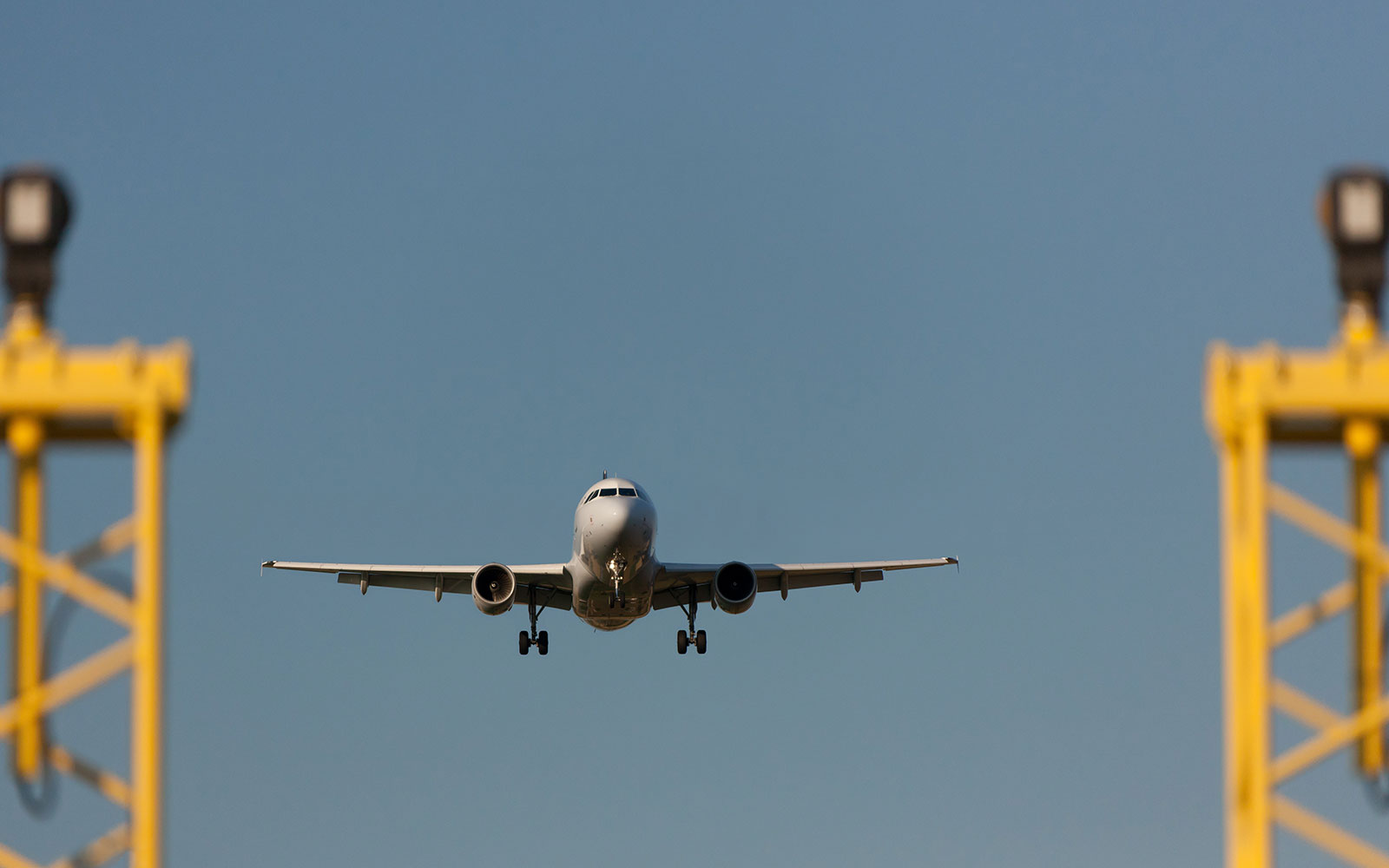


Jet plane takeoff 150dB at 25 meters
Jet noise is produced by the difference between the speed of the air coming out of the engine and the speed of the air passing around it. Additional sound is created by the rotation of turbines or fans inside the engine.
-
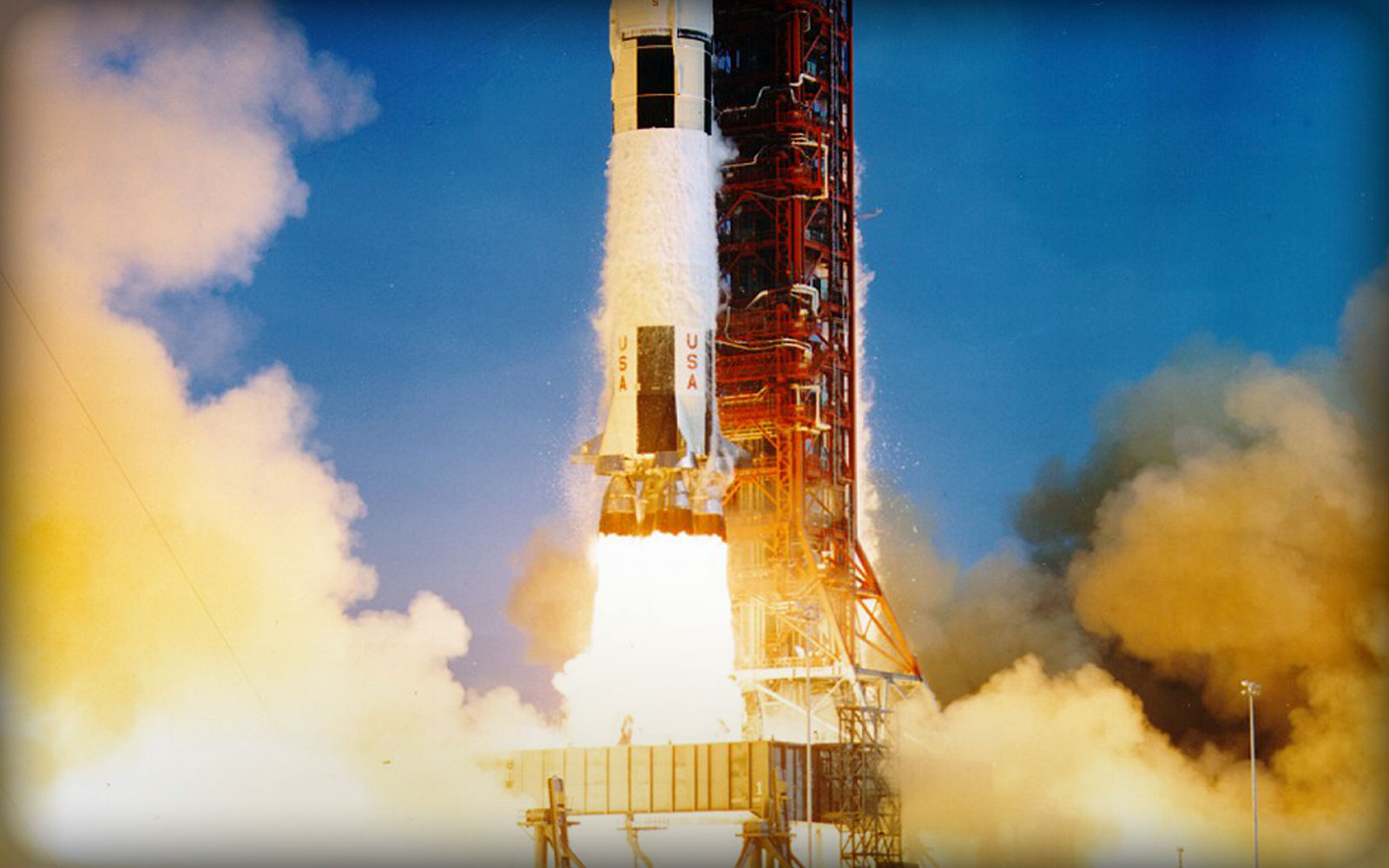


NASA Saturn V Rockets 170dB at 100 meters
The Saturn V rocket was part of the Apollo program for human exploration of the moon. At close range, the sound reached 220dB and was capable of melting concrete.
-
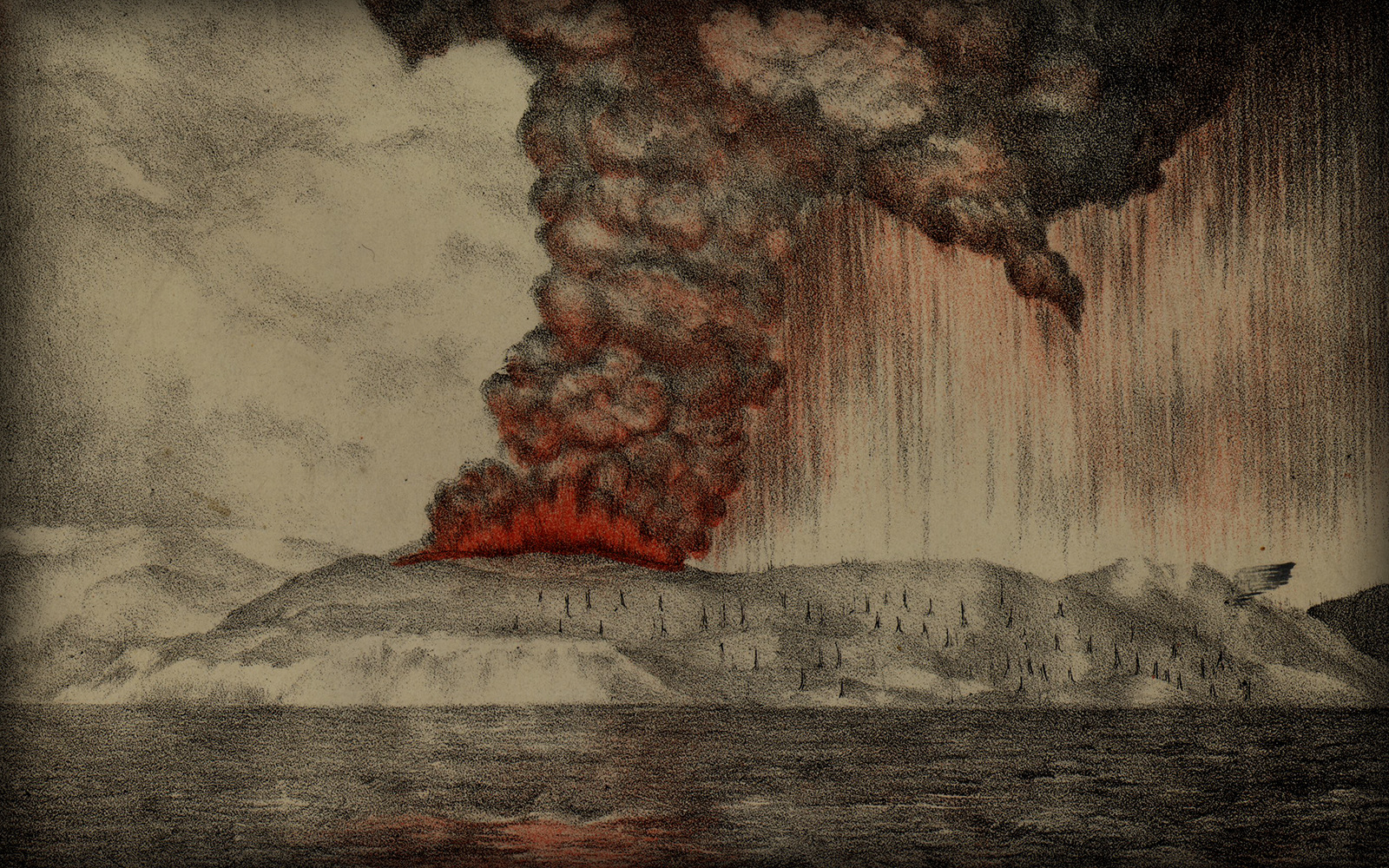


Krakatoa Eruption 170dB at 100 miles
The 1883 eruption of Krakatoa in Indonesia is the loudest recorded sound known to man. The sound from the eruption ruptured the eardrums of sailors 40 miles away and traveled around the world three and a half times.
Audio Lab facts
-

Surface speakers: The team fully characterizes the acoustic properties of the speakers from the component level all the way up to the integrated system.
-

Surface microphone: They evaluate mic performance including dynamic range, frequency response, total harmonic distortion and acoustic seal.
-

Cortana: The audio team creates real-world scenarios to stress the speech recognition engine and better understand its performance.
-

Building 87 has three anechoic sound chambers. Watch the video to find out about the quietest place on earth.
-

The largest anechoic chamber has its own foundation that is separate from the rest of Building 87. The entire room sits atop springs.
-

They have a mannequin that rapid fires questions to Cortana while sound engineers try to stump her with a variety of canned background noises.
-

One team member is a world-renowned psycho-acoustician (the science of psychological and physiological responses to sound).
-

Another member worked as a sound engineer with acts ranging from Stevie Ray Vaughn to Jane’s Addiction in venues from 1,500 to 30,000 seats.
-

One engineer pioneered the use of fiber optics for fully digital audio in massive, international sports events.









